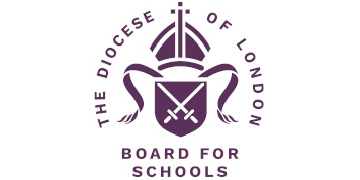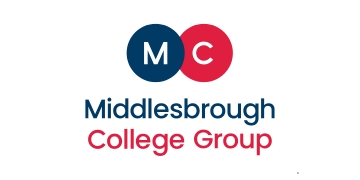Government officials are working on white paper proposals to encourage all schools to join a group, sources briefed on the plans have said.
It is not known how Labour would define a school ‘group’. However, it is understood the plan would not force schools into new structures.
Institute of School Business Leadership chief Stephen Morales believes Labour’s schools white paper is “likely” to include “encouragement for schools to collaborate and not operate as islands”.
“Groups of schools coming together makes absolute sense and it’s probably the most sustainable way for our system to prevail given the fiscal backdrop.”
The Conservative government tried through various white papers to force schools to join trusts, but the plans always failed.
The 2022 white paper included a target for all schools to be in “strong” multi-academy trusts by 2030. There was also an expectation most trusts would have at least 10 schools, or 7,500 pupils. However the plan was later ditched.
DfE did not want to comment.
Trusts are not the only school group. Some councils have federations of schools, and other schools also have looser partnerships.
A report by Kreston auditors showed small MATs – those with fewer than 3,000 pupils – had, on average, surpluses “of just £1,000 [last year] compared to £203,000 in 2022”.
Primary and secondary single-academy trusts also tended to be in deficit, according to the analysis.
A Schools Week investigation today revealed soaring inflation, plunging rolls, staff absences and unfunded pay rises have left the future of scores of academy trusts in doubt as they scramble to plug multi-million-pound holes in their budgets.
Fifty-two of the 75 schools with financial issues flagged in their accounts last year were SATs.
Of those, 30 (58 per cent) were either secondaries or all-throughs. Thirteen (25 per cent) were in the east of England, 10 (19 per cent) in London and nine (17 per cent) were based in the South-west.
Salvatorian College was the SAT with the largest deficit (£1.4 million). This came after the ESFA “approved a financial facility” of £1.4 million in 2019, of which £1.3 million had been “drawn down” by the end of August 2024.
But trustees believed that “some additional support may be required” and they had “a reasonable expectation” this “would be forthcoming”.








It’s teachers from local schools working at the level of developing the curriculum and their own skills where groups would be more effective than simply at the level of administration and finance.
And the wheel keeps on turning… Was it not once called the LEA?
When I was teaching this was common practice among local schools – regular meetings of staff to discuss a variety of issues and sharing good practice. We didn’t need a government white paper!:There is far too much interference from a government which knows diddly squat about education!
Hmmm… we used to have this system. It was in groups called local authorities where we worked together, together with advisors, creating innovations like TVEI. What happened to that system?